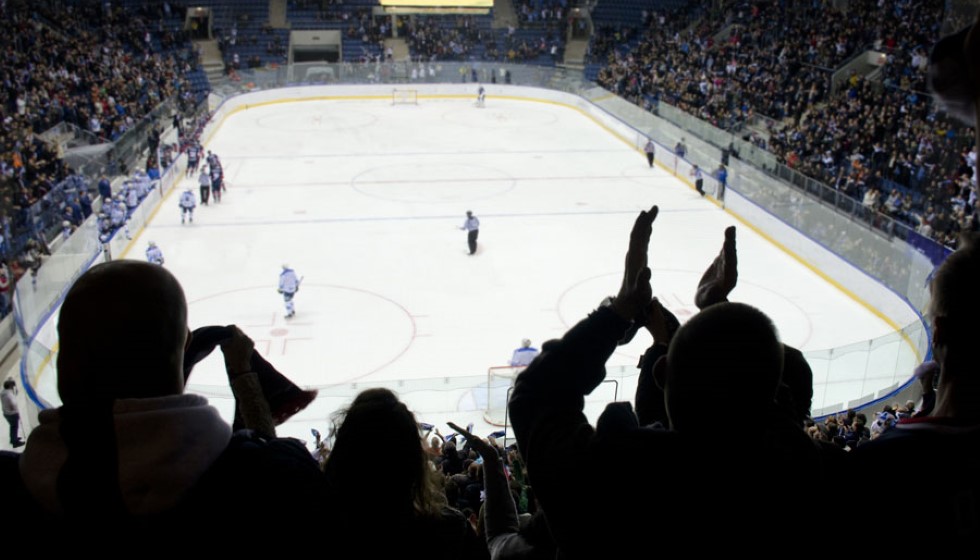
In a recent clash between the Toronto Maple Leafs and the New York Rangers, all eyes were on the towering figures of Ryan Reaves and rookie Matt Rempe. The latter, standing at a formidable 6 feet 7 inches and weighing 240 pounds, has not just carved a niche for himself for his size but also for his role on the ice. In his first seven games, Rempe has recorded a goal and an assist, but what's more notable is his penchant for the rougher side of hockey, accumulating 37 minutes in the penalty box, outpacing his on-ice playtime by five minutes.
The Role of the "Enforcer"
Rempe, often tagged as an "enforcer," represents a controversial role in hockey—a player tasked not just with playing but with policing the ice through physical intimidation and, if necessary, fighting. This role, however, has come under scrutiny, especially following the tragic deaths of enforcers Derek Boogaard, Wade Belak, and Rick Rypien in 2011. These incidents have not only cast a spotlight on the mental health challenges faced by players but have also raised concerns about Chronic Traumatic Encephalopathy (CTE), a condition linked to repeated head injuries.
Despite research suggesting a connection between hockey fights and CTE, NHL Commissioner Gary Bettman has expressed skepticism regarding these findings. This stance has fueled an ongoing debate about the place of fighting and physical intimidation in the sport.
A Shift in the Game
The role of enforcers has evolved along with the game itself, challenged by the rise of analytics in hockey. The modern game values speed, skill, and strategy, roles traditionally not aligned with the enforcer's skill set. Enforcers are typically not known for their goal-scoring prowess or speed on the ice, which has made it increasingly difficult for them to secure a place in lineups focused on efficient play and puck possession.
This evolution has contributed to a decrease in fighting on the ice, moving the NHL toward a faster, more engaging form of hockey. Furthermore, the contemporary focus aims for a more inclusive approach, promoting safety and skill over physical altercations.
The Cultural and Social Context
Yet, fighting still holds a place in hockey's culture, or its "code", seen by some as a necessary self-regulation tool on the ice. This was highlighted during a TNT NHL panel discussion, where Paul Bissonnette praised Rempe's willingness to "answer" for his actions, aligning with a more traditional view of hockey where physical play and settling scores personally are part and parcel of the game.
The recent discussion surrounding Matt Rempe and the role of enforcers transcends the rink, spilling over into larger cultural and political arenas. This was evident during the NHL's All-Star break in Florida, where a LinkedIn post by the NHL promoting a career fair attracted criticism from Florida Governor Ron DeSantis. The governor's spokesperson clarified that the administration does not support any form of discrimination, hinting at the complicated interplay between sports, societal values, and political stances.
The Debate Continues
In hockey circles, there remains a strong contingent that defends the role of the enforcer, believing that such players contribute to the overall safety of the game. This perspective is built on the belief that enforcers help to keep the peace on the ice, deterring potentially more dangerous play by imposing a physical cost on unsanctioned aggression.
However, with players like Rempe marking a possibly fading era, the question of whether these roles escalate tension or serve as a preventative measure remains a topic of heated debate. The emerging consensus suggests a shift towards a game that emphasizes skill, speed, and strategy, potentially sidelining traditional enforcer roles in favor of a safer, more inclusive hockey environment.
As the NHL continues to evolve, the ongoing discussions about the role of fighting, player safety, and the cultural significance of these aspects of the game highlight the complex and ever-changing landscape of professional hockey. The league, its players, and its fans are navigating these waters together, balancing tradition with progress, and spectacle with safety.